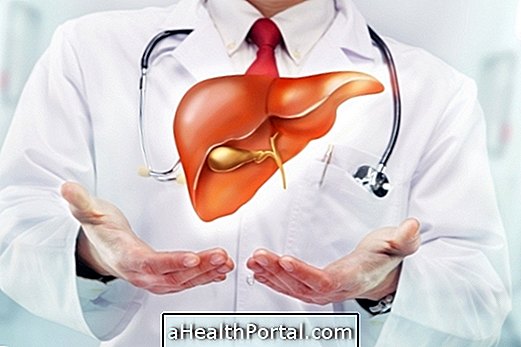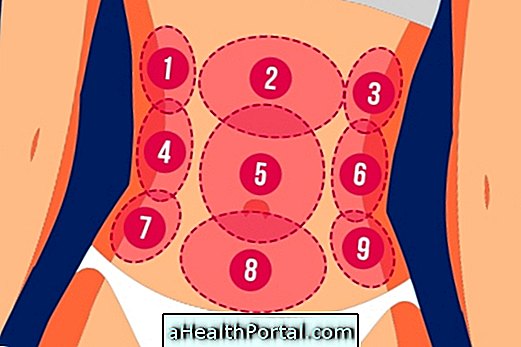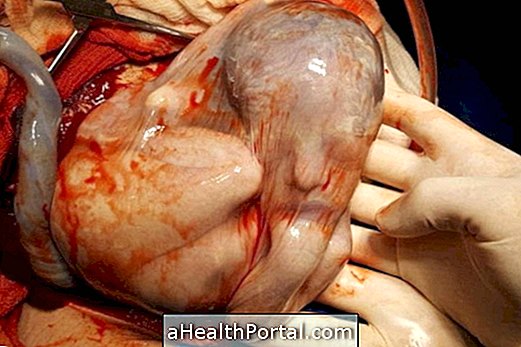Gallbladder cancer is a rare and serious problem that affects the gallbladder, a small organ of the gastrointestinal tract that stores the bile, releasing it during digestion.
Normally, gallbladder cancer does not cause any kind of symptom and so in many cases it is diagnosed in very advanced stages when it has already affected other organs like the liver.
Gallbladder cancer is cured when its treatment is started early with surgery, radiation therapy or chemotherapy to eliminate all tumor cells and prevent their spread to other organs.
Chemotherapy as well as radiation therapy are aggressive and can lead to hair loss. See: How to make hair grow faster after chemotherapy.
Symptoms of gallbladder cancer
The main symptoms of gallbladder cancer include:
- Persistent abdominal pain on the right side of the belly;
- Swelling of the belly;
- Frequent nausea and vomiting;
- Skin and yellow eyes;
- Decreased appetite and weight loss;
- Fever above 38 ° C persistent.
However, these symptoms are rare and when they appear the cancer is already at a very advanced stage, being more difficult to treat.
Thus, patients with overweight, history of gallstones or other frequent problems in the organ, must do tests every 2 years in the gastroenterologist to miss the development of cancer, because they are at higher risk for the disease.
Treatment for gallbladder cancer
Treatment for gallbladder cancer can be done at institutes for the treatment of cancers, such as INCA and usually varies according to the type and stage of cancer development, and can be done with surgery for removal of the gallbladder, radiotherapy or chemotherapy, for example.
However, not all cases have a cure, so palliative care can also be used to relieve the patient's symptoms and improve the quality of life to the end of life.
Learn more about treatment in: Treatment for gallbladder cancer.
Diagnosis of gallbladder cancer
The diagnosis of gallbladder cancer is usually made by a gastroenterologist who uses some diagnostic tests, such as ultrasonography, computed tomography or magnetic resonance imaging to identify the development of gallbladder cancer.
In addition, CA 19-9 and CA-125 blood tests may also be used to identify tumor markers, which are substances produced by the body in cases of gallbladder cancer.
However, most cases of gallbladder cancer continue to be identified in preparation for removal of gallstones or even during surgery.
Staging of gallbladder cancer
Staging of gallbladder cancer is done by biopsy of a sample of the gallbladder removed during surgery and the results may include:
- Stage I: Cancer is limited to the inner layers of the gallbladder;
- Stage II: The tumor affects all layers of the gallbladder and can develop into the bile ducts;
- Stage III: Cancer affects the gallbladder and one or more neighboring organs, such as liver, small intestine, or stomach;
- Stage IV: development of large tumors in the gallbladder and in various organs in more distant places of the body.
The more advanced the stage of development of gallbladder cancer, the more complicated the treatment, the more difficult it is to achieve complete cure of the problem.

























